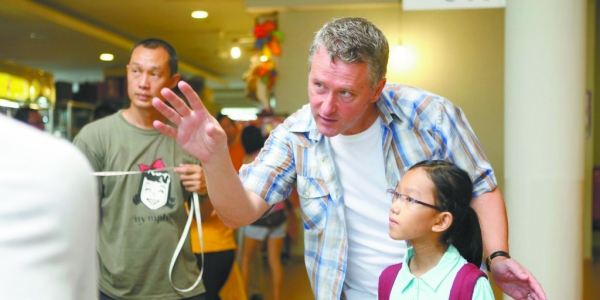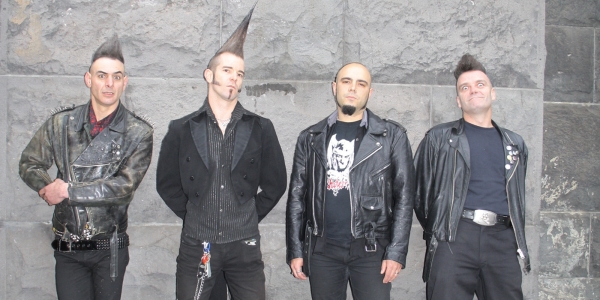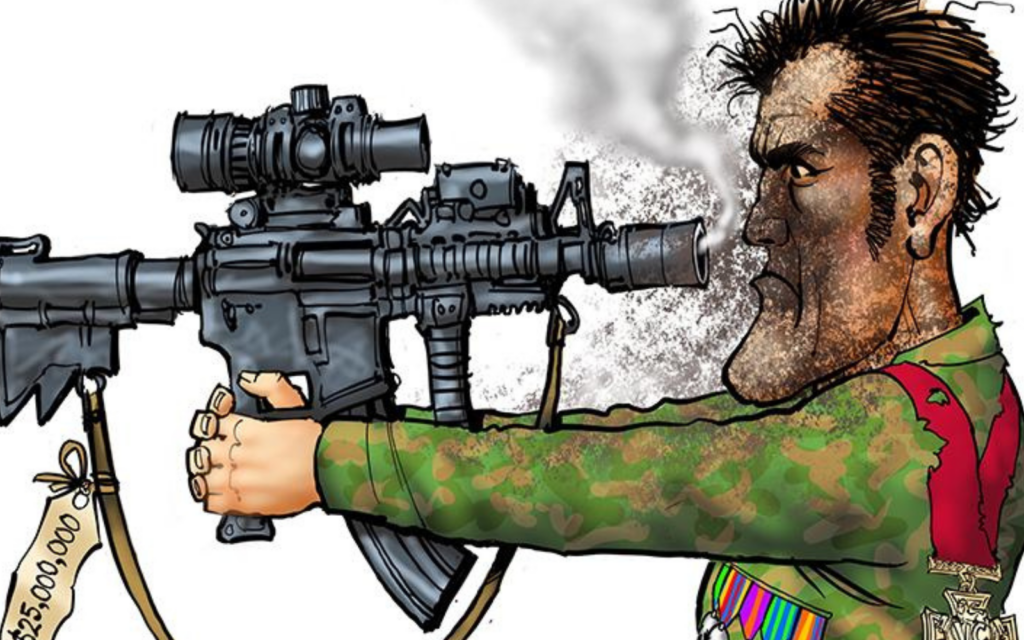Civic Life is a series of short films edited together without titles or credits that explore issues of cultural identity, community, identity and geography. Shot on 35mm with long takes and a strong experimental bent, the films are arresting and fascinating.
In a typical Irish fashion, directors Christine Molloy and Joe Lawlor consolidated their friendship over a cold and frosty one. “Because of my memory, and I have to crawl back over 25 years ago, I’m sure it happened over a pint of Guinness in Dublin in the mid-’80s.” As the beer frothed and spilled over the bar counter, ideas began to vibrate between the two multimedia experts and signalled good things to come.
Even during this early stage of the friendship, the artistic duo worked on projects that incorporated community groups and values. “It’s like a river,” said Lawlor of his two-decade partnership with Molloy. “It doesn’t go in a straight line: it goes where it needs to go.”
Now known as the Desperate Optimists – which ironically translates to ‘Rubbish Optimists’ in Irish slang – Lawlor and Molloy have turned a sharp gaze to the people who make up communities and propositioned these people with a taste of life on the big screen.
For their latest ongoing project, Civic Life, Lawler and Molloy use locals from different communities to act in their short films. “It looks like a big budget Hollywood film and is highly reflective. [The cast] have never acted before or been in front of a camera,” says Lawlor. Although the locals used are largely amateur actors, Lawlor says they have worked hard and managed to fool audiences into believing their performances to be real.
“We take it as a compliment; we like it when people are not so sure if it’s real,” he smiles. “These certainly aren’t documentaries. I think they [question] an interesting line between fiction and reality but they’re highly fictional… [The actors] don’t appear to be acting and appear to be quite real, even though they are doing highly fictional things.”
Lawlor and Molloy scouted out communities for the series in the UK, Ireland and most recently, Singapore. The duo would approach each community by contacting local groups and postering the neighbourhood, inviting locals to join in on their project. “We are selected by the community,” Lawlor says.
The artists see hundreds of locals excited about the project, from babies to elderly people, people in wheelchairs and a range of different cultures. Nobody gets turned away. “We aim to distil all this dialogue into what we would see is a very accessible poem for people in that neighbourhood.”
Lawlor admits that people can get extremely emotional when discussing their community or sense of identity and sense of belonging, so cracking into a new community can be a sensitive job. “We’ve never gone into a neighbourhood we’ve been invited to go into that have been hostile… [But] people are passionate about where they live and they have lots to say about that. Yes, that can be interpreted as anger and aggression. But I think every community member, and it’s in the thousands now, presents themselves in an elegant way.”
While each short has its own special story to tell, they ultimately try to encourage the audience to self-reflect on their relationship with their own culture, place and community.
“Hopefully, people will take away this sense of belonging of who they are and where they are and I think these two things are vastly what [the films] are about and I hope Australians feel the same concerns about their own identity.”
Although Lawlor is well-travelled and has lived in several different countries, this will be his first trip to Australia. He will be conducting a Q&A session after the first ACMI screening and says he is looking forward to the dialogues he will share with us Aussies. The screening will include award winning films, Who Killed Brown Owl and Joy, as well as a preview of Tiong Bahru, shot in Singapore.







